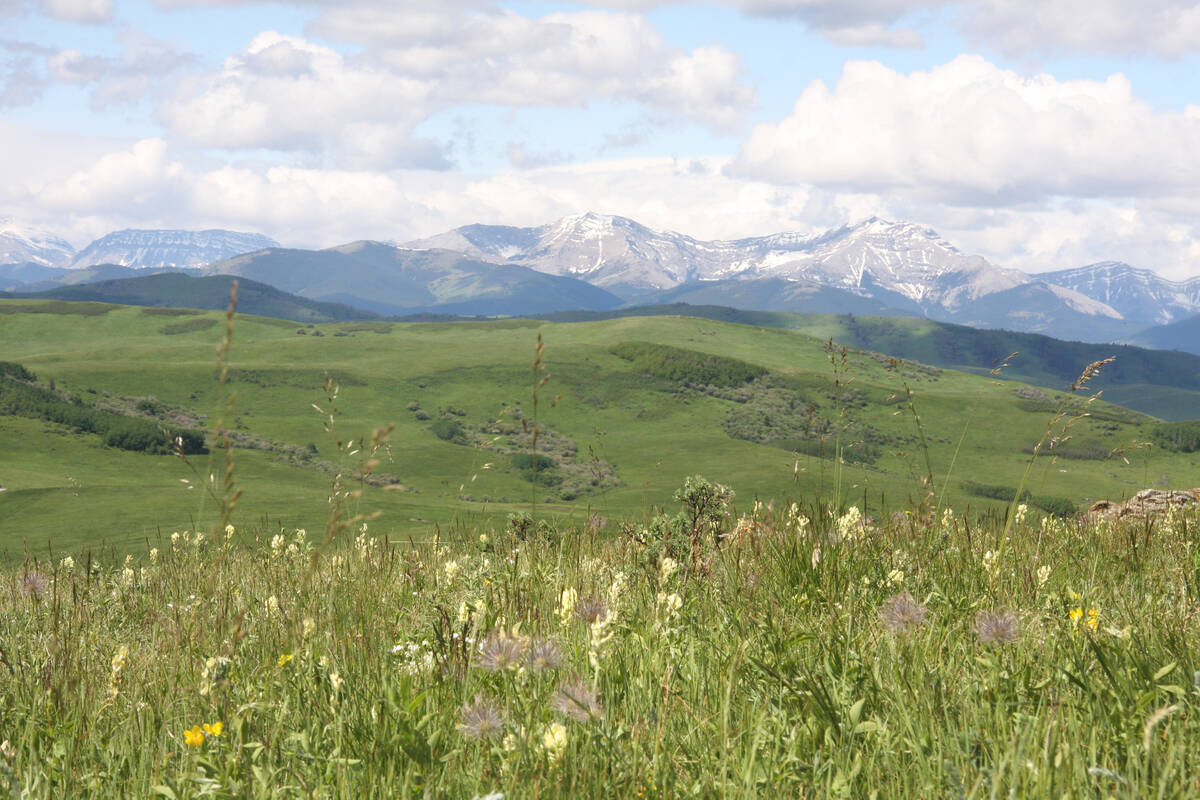Growers can expect attractive flax prices in 2011-12, but those waiting to sell 2010 crop at peaks last seen in 2008 will likely be disappointed, according to a market analyst Chuck Penner of Left Field Commodity Research told farmers at Flax Day 2011 at Crop Production Week in Saskatoon that the market is near its peak.
He noted that in 2008, the last bull year, flax rose as high as $20 per bushel.
“If that is the historical precedent, there is some validity in saying we should wait for those sort of prices. I would argue they are not going to happen.”
Read Also

Selenium not deal breaker in coal mining: expert
Environmental scientist weighs in on coal mining debates in Western Canada, explaining selenium and the technologies and practices to lower its concentrations in nearby waterways to coal mining operations
The difference lies in crude oil prices.
In 2008, crude marched to more than $140 per barrel, but today it is about $90. Industrial users in Europe will substitute cheaper petroleum for expensive linseed.
He expects a steady flax market in January and February and then a short rally of perhaps $1 per bushel when the St. Lawrence Seaway reopens.
Looking to 2011-12, Penner expects the carry-in will be exceptionally tight. Often, tight stocks lead to increased planting and he expects acreage to rise, but not as high as it might have if not for two factors:
• marketing restrictions related to Europe’s refusal to accept flax with Triffid content;
• availability of quality seed.
“If you didn’t have the Triffid issue, you’d probably see flax acres somewhere up in the 1.6 million to 1.8 million acres range. I think it is going to come in closer to the 1.4 million acre ballpark.”
His concern about the Triffid issue was echoed by a farmer who commented from the audience.
He said the results for seed sent at harvest for testing for Triffid genetic modification were not available until December, meaning a marketing delay of several months.
He said such hassles make flax less attractive than canola that can be marketed anytime, providing instant cash flow.
Penner said the combination of a 1.4 million acre crop and lack of carryover mean total supply is unlikely to recover.
He thinks that will support prices of about $12 to $14 per bu. Europe and the United States will likely increase their acreage, limiting the chance for much stronger prices.
However, if weather and wet soils reduce Canadian area to less than 1.4 million acres, then the price could go higher.














